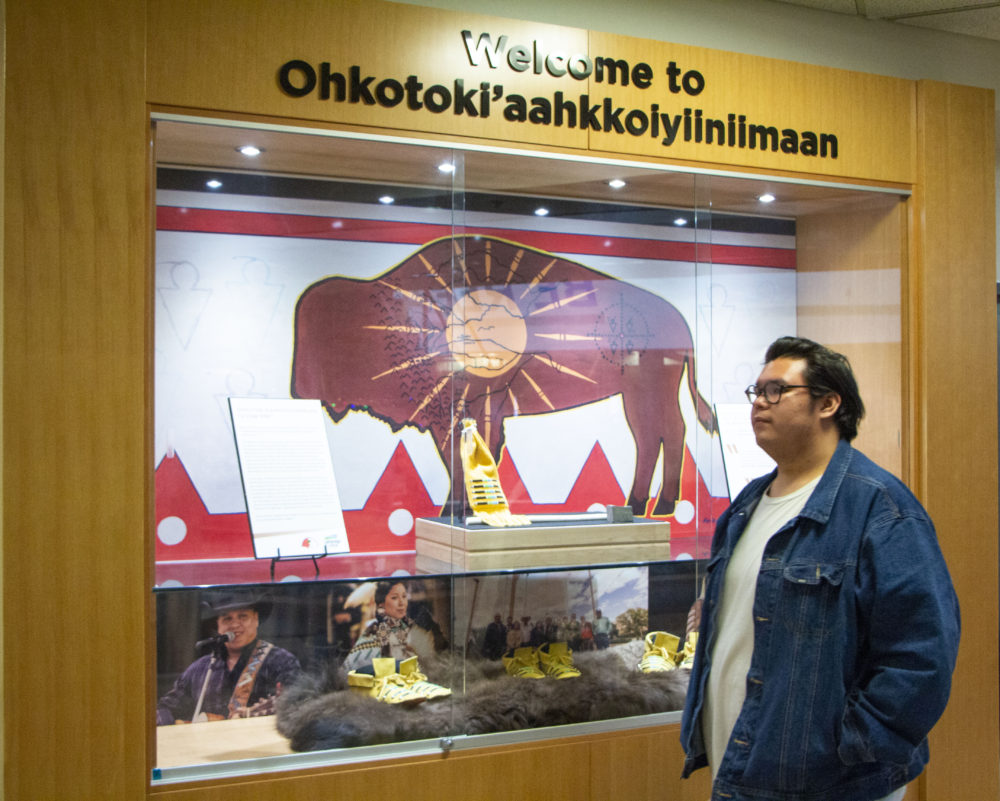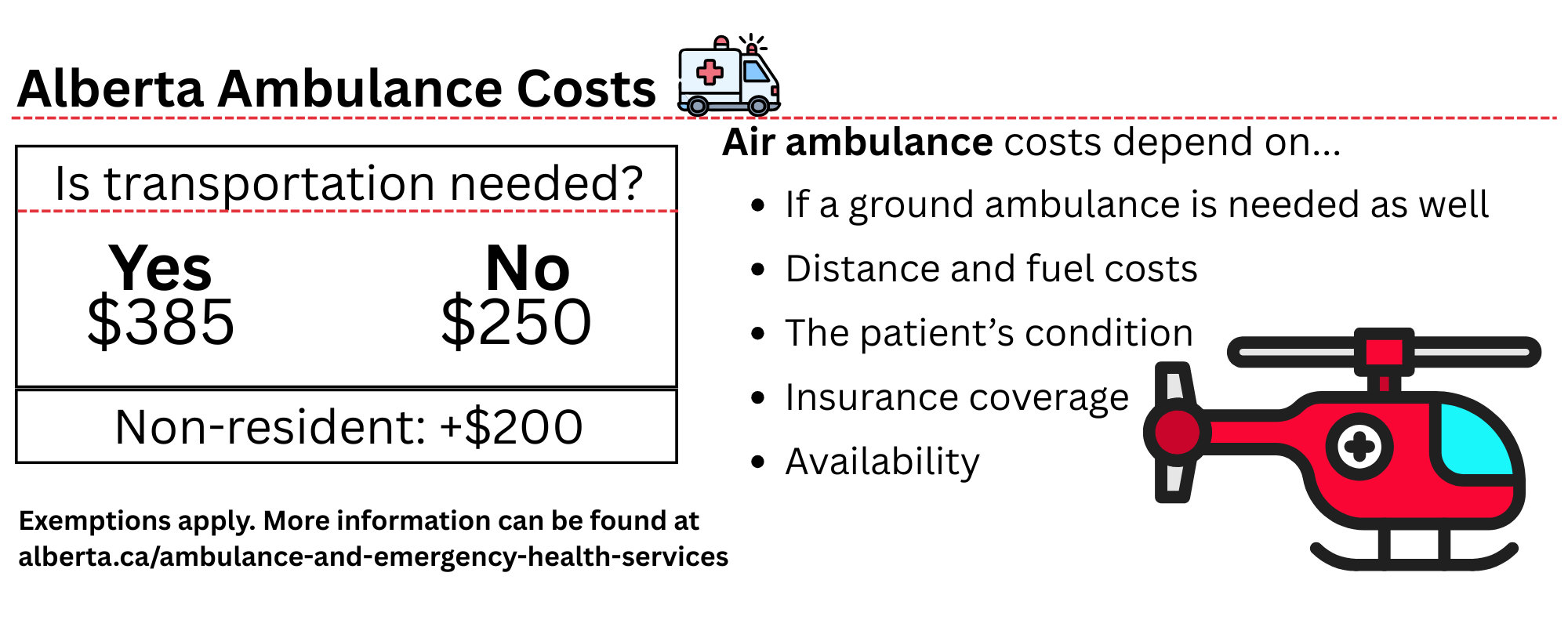Lethbridge College is working towards a cross-campus strategy that will see the institution welcome, educate and support indigenous students and culture on an unprecedented level.
The college has named indigenous education as its third-highest priority in its latest comprehensive institutional plan (CIP).
This is the next step in the college’s Niisitapi Indigenization Plan. The plan recommended specific departments to work in harmony, with a central goal of supporting indigenous students and educating all students on indigenous culture.
“Since these were only recommendations, some of them weren’t filled due to resources and capacity,” explains Shanda Webber, Manager of Indigenous Services. “Because it is now a strategy, [these goals] will be mandated across the college.”
The strategy was recently signed off by members of the college’s senior administration, including President and CEO Dr. Paula Burns.
Indigenous Services already offers a circle of services beginning with recruitment and continuing with support services, as well as a calendar of indigenous-focused events.
The next step for the college is to consult with individual departments as well as a wide variety of community members.
“[Community members] include Chief and counsel, secondary schools on reserves, current and prospective students and indigenous organizations in Lethbridge,” remarks Webber. “From there, we will develop recommendations to consider.”
The college has also inherited a foundation from Colleges and Institutes Canada, who has developed a protocol for indigenous education.
So far, over 50 institutions have joined Lethbridge College in signing the protocol and committed to several principles.
These principles span from increasing representation in employees, to indigenising the curriculum so all programs include education of indigenous culture as it relates to their field.
“It’s about incorporating those cultural values and traditions into everyday life to ensure it’s still thriving,” says Webber. “Those components will be indigenising the curriculum and you might not even realize.”
Indigenous students currently make up around eight per cent of the college’s student body and fluctuate between 400 to 500 depending on the year.
This indigenous strategy will also help ease the transition for students who have spent most of their life on reserves and are overcoming logistical and cultural barriers to attend the college.
“Some people haven’t really left the reserve and aren’t used to the city life,” remarks Jared Wolf-Child, a student in the college’s media program.
For students like Wolf-Child, the indigenous strategy is another step for an institution which he says already does a good job of welcoming and supporting indigenous students.
The halls of the college show an appreciation for indigenous culture and the Blackfoot ground the campus sits on, with various displays and areas.
The Andrews building houses the Niitsitapi Gathering Place, a comforting area for indigenous students to hang out and study. Earlier this year on Indigenous Celebration Day, the college also unveiled the Ohkotoki’aahkkoiyiiniimaan, or Stone Pipe, showcase in the Center Core.
“During the offering of the pipe, everyone involved must uphold and carry out the promises made,” states the Stone Pipe showcase.
Webber says the offering of the pipe is alike the indigenous strategy because it will take a collaboration of administration, students, faculty and community members to indigenize the college.
She added the college is optimistic the strategy will be completed and ready to roll out in the next year.
If you are an indigenous or non-indigenous student, faculty or community member, Indigenous Services would like to hear your feedback to be included in the strategy. You can contact Indigenous Services in TE1220 or visit the Indigenous Services page on the Lethbridge College website.



